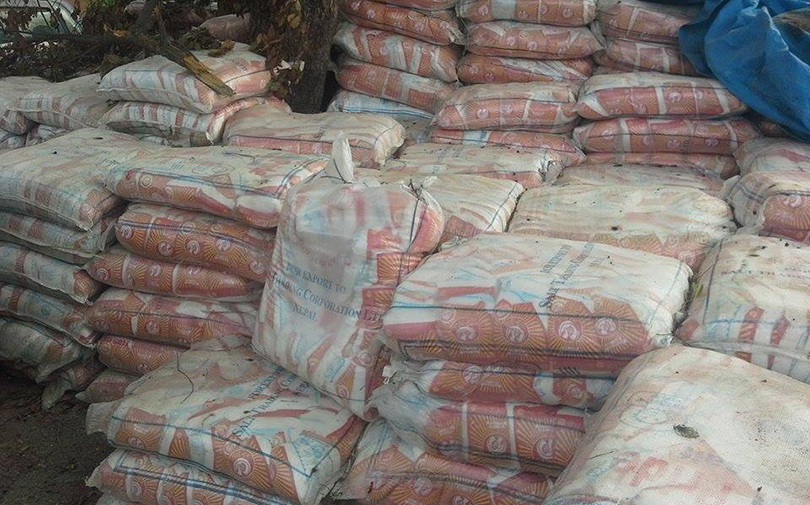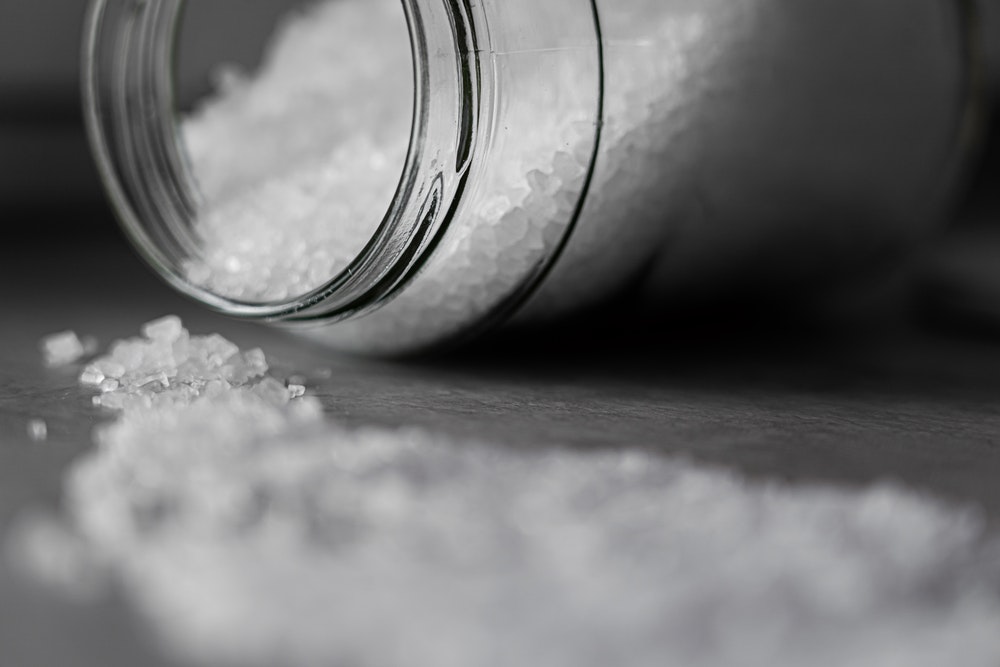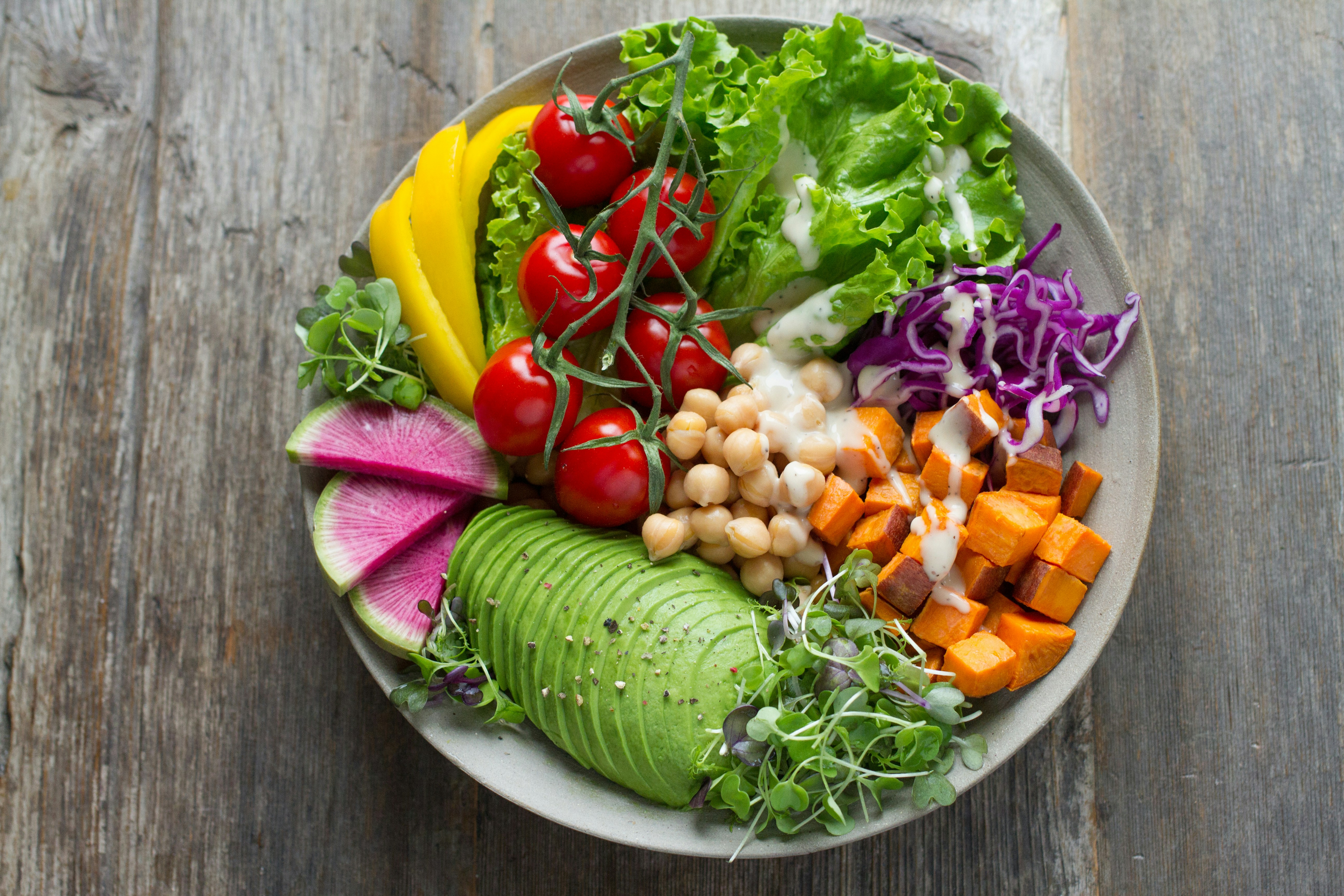The government of Nepal is observing February as National Iodine Month with an aim of creating awareness among people about the consumption of iodised salt.
Iodine is a micronutrient essential for thyroid function, necessary for the normal growth, development and functioning of the brain and body. It also influences a variety of metabolic processes in the body (converting food to energy, regulating growth and fertility, and maintaining body temperature).
Iodine deficiency, which leads to a decline in cognitive capacity and brain damage, is most lethal to foetuses and young children. Inadequate consumption of iodine increases the chances of miscarriage and stillbirth. According to UNICEF, 30 per cent of the households in the developing world are not consuming iodised salt and 41 million infants and newborns are at the risk of iodine deficiency.
Nepal once had one of the highest prevalence’s of iodine deficiency disorders in the world. Reports from British visitors to Nepal decades ago noted a high prevalence of goitre and cretinism and attributed the problems to a wide variety of causes by the local population. There were accounts of tens of thousands of cases of goitre treated in Nepal’s Terai by British medical officers in the ensuing years.
Decades passed, but the problem is still plaguing remote parts of the country. Plus, the country needs to adjust the iodine intake standard to reflect several recent developments. Hence, celebrating February as the Iodine Month is still relevant in Nepal.
Policies and progress
A policy to fortify all edible salt with iodine in Nepal was adopted by the government in 1973 and iodised oil supplementation in target districts had started in 1979. The cost of iodine supplementation was much more expensive than salt iodisation, and the lack of adequate public health infrastructure required for its delivery limited the reach of the intervention.

As the access to iodised salt increased considerably in remote parts of the country, iodine supplementation was phased out in 1998, adopting salt iodisation as the sole strategy to control and eliminate IDD in the country. A social marketing campaign along with the celebration of the month of February as the Iodine Month continues to raise awareness about the government-endorsed “two‐child logo” packaged salt for consumption of adequately iodised salt at the household level. The logo includes a healthy child and was used in the communication campaign.
Because there is no salt produced in Nepal, the Universal Salt Iodisation programme leveraged the bilateral trade relationship with the government of India. Thus, by 1999, the national IDD plan recognised salt iodisation as the sole intervention for addressing IDD elimination goals.
Current scenario
A recent report shows the proportion of households using refined salt was only 10% in 1998 and has increased to 88% in 2016. The percentage of all salt samples with iodine levels more than 15 ppm is 90.7. National survey reports at different times show an increase in the number of households using adequately iodised salt from 55 per cent in 1998 to 95 per cent in 2016.
This success is the result of a number of critical factors, including early recognition of the problem, political commitment, establishment of an exclusive agency responsible for the importation and early adoption of legislation that stipulated that all edible salt be iodized, periodic surveys that tracked performance and implementation, and the deployment of targeted communications such as the Iodine Month celebration to encourage consumer demand to shift towards a higher quality product with adequate iodine levels.
The World Health Organization recommends that an optimal iodine intake is where a median urinary iodine concentration (MUIC) in school-aged children is in the range of 100–299 ug/L and excessive if the MUIC is above 300 ug/L (UNICEF, 2015). As per recent data, the MUIC of children 6-9 years is 314.1 μg/L. The median urinary iodine concentration among non-pregnant women 15-49 years is 286.2 μg/L.

The journey from deficiency to excess has been observed as the proportion of household iodised salt with excessive iodine content (>40 mg/kg) was 67.5% in 2016. With these criteria in mind, the 2016 survey shows that at the national level, school-age children were currently classified in the “excessive” range, whereas pregnant women and women of childbearing age were classified in “adequate” and “more than adequate” ranges respectively. Iodine intake was high in the central and western regions, in the Terai, and among a number of ethnic groups including the poorer Terai Janajatis.
What next?
In addition, the assessment of iodine content of salt showed that mean iodine content for all salt samples was 44.1 ppm, and that 67.5% were >40 ppm—well above the expected level at the retail (30 ppm) and household (15 ppm) levels. These findings suggest that the current standard, combined with a marked increase in the use of a refined packaged product may require an adjustment of the standard. This should be a major concern while celebrating Iodine Month this year.
Although excess iodine exposure generally does not result in any apparent clinical consequences, thyroid dysfunction can occur in vulnerable patients with specific risk factors, including those with pre-existing thyroid disease, the elderly, fetuses and neonates.
Now, ahead of Iodine Month and other recent developments, future challenges include managing the iodine content in iodised salt to address excessive iodine in salt, understanding the use of iodised salt in processed foods, and ensuring programme visibility to ensure sustainability.
























